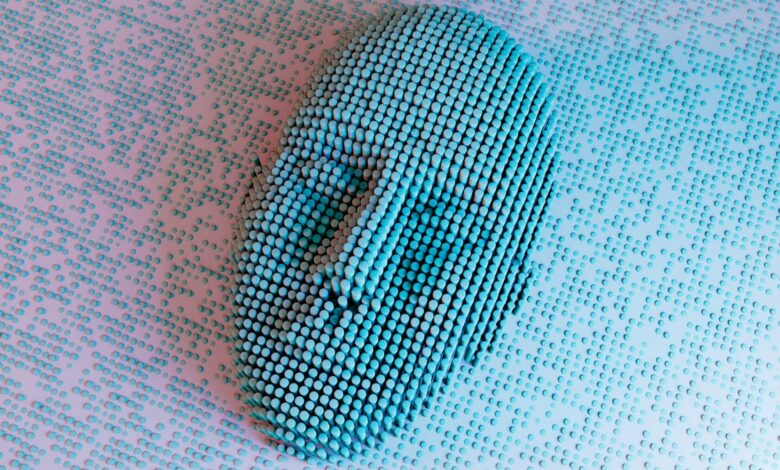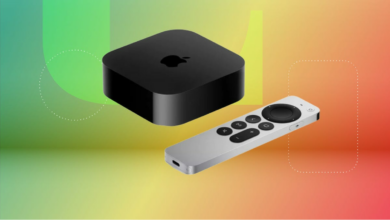McAfee rolls out deepfake detector to Lenovo’s new Copilot-Plus PCs


Deepfakes have evolved tremendously over the past year, making it increasingly difficult for the average person to tell what is real and what is not.
Thanks to the power of artificial intelligence, cybercriminals and others can now produce surprisingly convincing audio, video and still photo deepfakes faster and easier than ever before. And experts say these creations could be used to do everything from scam consumers to influence public opinion before an election.
While much of that problem stems from the rise of AI, security software company McAfee says the solution could also lie in AI.
The McAfee Deepfake Detector, announced Wednesday, warns consumers of potential deepfakes they may encounter while browsing the web or viewing posts in their social media feeds.

McAfee’s Deepfake Detector displays possible signs of a fake video.
The tool is rolling out to Lenovo’s Copilot-Plus PCs starting today. Like the antivirus software McAfee is known for, it will be a paid service. Consumers who opt to use it will get a 30-day free trial. After that, subscriptions start at $9.99 for the first year.
While the detector is powered by AI, all of the processing happens on the device itself. This is necessary to ensure privacy and avoid latency issues that can occur when sending data to the cloud, said Steve Grobman, executive vice president and chief technology officer at McAfee.
No consumer data is collected and updates to the tool’s AI are provided by the company’s research team, he says.
“We really wanted to provide our customers with a set of tools to help them identify whether something is potentially AI-generated,” Grobman says. “But we also wanted to be very conscious of issues like privacy and user experience.”
Also, like antivirus, the detector is designed to run silently in the background. However, if it detects anything suspicious while the user is browsing websites or watching videos on their social media feeds, a pop-up notification will appear. Users can then choose to ignore it or click on it to learn more.
Right now, the tool only analyzes the audio in a video, so the detector won’t kick in if someone is simply scrolling through their Instagram or Twitter feeds without the sound on. And it can’t tell if photos are deepfakes.
The tool’s capabilities will eventually be expanded to do those things, Grobman says. But McAfee decided to start with audio because while many deepfakes use real video, they almost always have fake audio.
While the detector is only available on new Lenovo computers now, Grobman says it is compatible with certain types of Intel and Qualcomm processors, and could lead to availability on other types of PCs and mobile devices in the future.
The idea is to educate people about what they are seeing. As part of that effort, McAfee is also launching its Smart AI huba website where consumers can learn all about AI and deepfake technology.
You might think it would be hard to get consumers to pay $10 a year for something like this, but Grobman says it’s not all that different from paying for software to keep your computer virus-free.
He notes that deepfakes are increasingly being used in online scams, pointing to a now-famous deepfake video in which megastar Taylor Swift appeared to be offering a $10 deal on Le Creuset skillets.
In this type of scam, there is no malware that security software can detect. And there is nothing to stop those who fall for it from sending their money, cryptocurrency, or personal information.
“But if we can warn a user that, ‘Hey, this is probably AI generated,’ then maybe a light bulb goes off for some people,” he says. “Maybe they’ll save their $10.”




